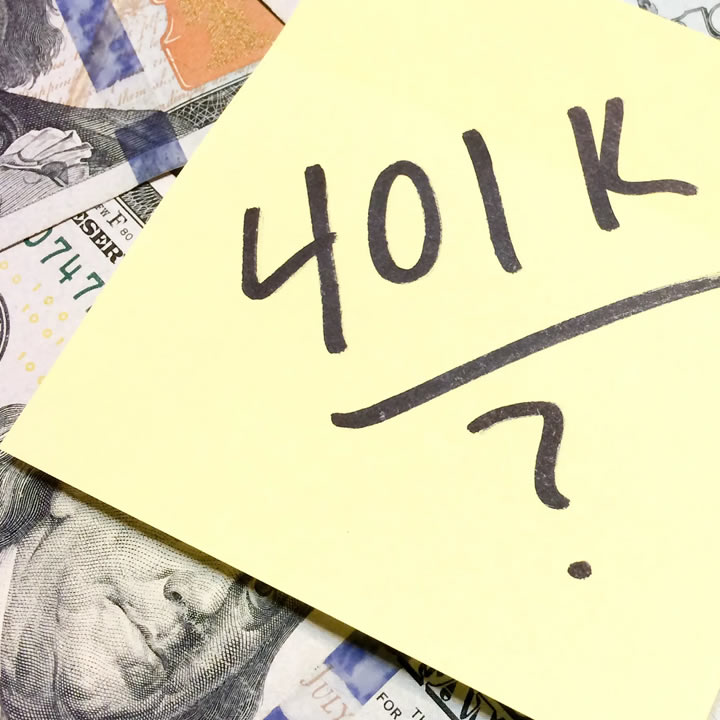The 401(k) plan is a retirement account sponsored by the employer. It allows the employees to contribute a specific amount of money to their gross income before the IRS implements taxation.
Companies also match a percentage of the contribution of the employees and include it in their 401(k) account.
If you try to withdraw money from your 401(k) account before the age of 59 1/2, you will face a penalty from the IRS, which will be 10% of the amount you’re planning to withdraw.
However, the withdrawals will become penalty-free once you decide to withdraw money from your 401(k) account after you age 59 1/2.
During that time, you will be allowed to convert your company-sponsored 401(k) account into a more flexible IRA account. After you age 72, it’s mandatory to withdraw the money from your 401(k) account.
401(k) Withdrawal after Age 59 1/2
The 401(k) is a tax-advantaged retirement account that exists primarily to ensure the employees that they have enough amount of money for their retirement. After their retirement, they will have to depend on the 401(k) account as they will no longer have any steady flow of income.
However, you might want to withdraw money from your 401(k) account from time to time. If you cannot control your temptation, you need to pay a hefty tax, as well as an early withdrawal fine. Not to mention, you also need to pay proper state income tax.
Most Americans retire when they age 60. There are various flexibilities you’ll be offered with your retirement savings plan. As soon as you’re 59 1/2 years old, the IRS will allow you to start taking distributions without worrying about the 10% withdrawal penalty.
However, if you lose or job or retire at the age of 55, you can take the money out of your 401(k) account without paying a 10% penalty. Make sure you contact solo 401k if you want to know more.
How Can You Take 401(k) Distributions?
Depending on the rules of your company, you might be allowed to take regular distributions as per the annuity. However, you need to choose whether you want the annuity for a fixed price or choose a lump-sum withdrawal.
When you start taking distributions from your 401(k) account, the leftovers of your balance will remain invested as per the previous allocations. This means that the amount of payment, the time over which the amount can be taken, and the amount of the payment will depend on the portfolio of your investment.
Taxes on 401(k) Distributions
If you focus on taking qualified distributions from the traditional 401(k) account, all the distributions will always be subjected to the relevant income tax. As per the Balance Money, 401(k) distribution occurs when you want to take money out of your account.
Before the implementation of the tax, the contribution to your 401(k) account will be deposited from your monthly paycheck.
This will defer the taxation process until the date of the withdrawal arrives. In short, when you tap the funds of the 401(k) account, the distributions will be considered taxable earnings of the years, apart from the money you made from your paycheck.
Conclusion
This is what you need to know about the 401(k) withdrawal rules.
Make sure you let us know if you have any other queries.

